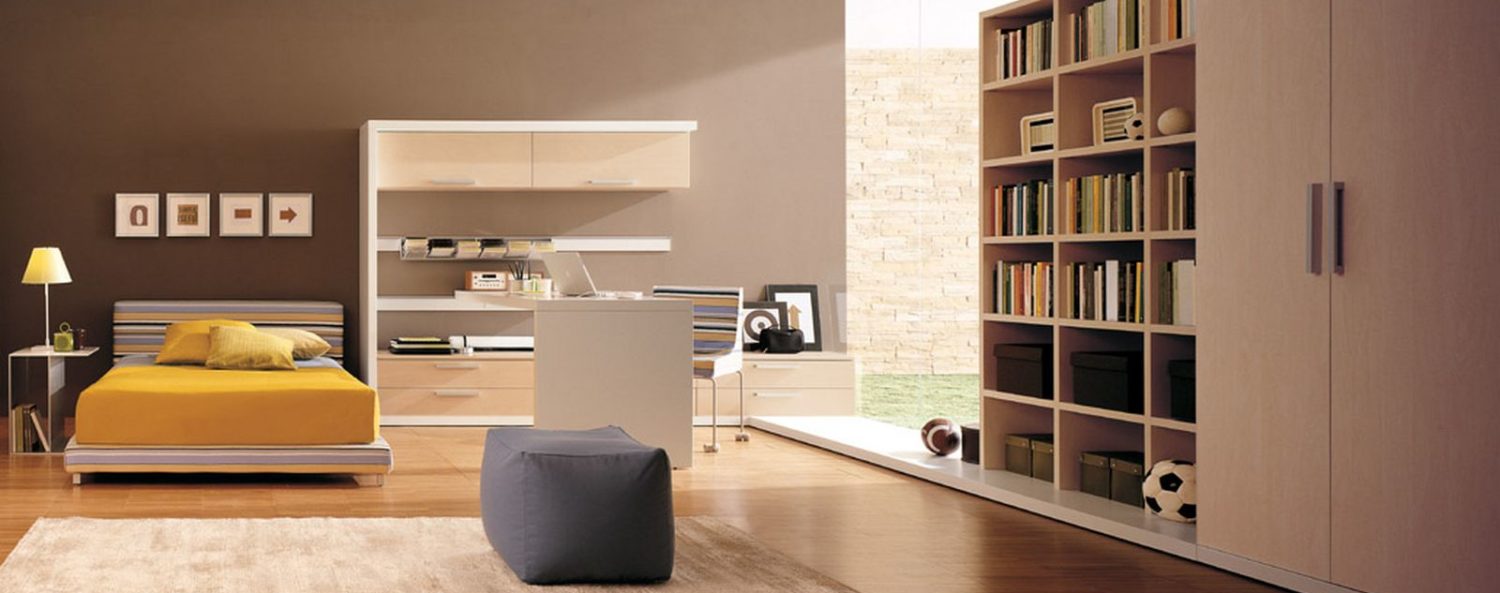 Landscape design is an essential part of any property’s outdoor space. Whether you are designing a small backyard garden or a sprawling estate, it is important to make sure that your landscape design is functional, aesthetically pleasing, and sustainable. However, there are some common mistakes that people make when designing their landscapes. In this blog post, we will discuss five of the most common mistakes that people make in landscape design, and how you can avoid them.
Landscape design is an essential part of any property’s outdoor space. Whether you are designing a small backyard garden or a sprawling estate, it is important to make sure that your landscape design is functional, aesthetically pleasing, and sustainable. However, there are some common mistakes that people make when designing their landscapes. In this blog post, we will discuss five of the most common mistakes that people make in landscape design, and how you can avoid them.
- Ignoring the Site’s Natural Features
One of the most common mistakes that people make when designing their landscape is ignoring the site’s natural features. The site’s natural features, such as slopes, soil type, and existing vegetation, can greatly impact the success of your landscape design. For example, planting a water-loving plant in a dry, sandy soil will not thrive, and may even die. Therefore, it is important to study the site’s natural features and design your landscape accordingly.
To avoid this mistake, conduct a thorough site analysis before designing your landscape. Observe the natural features of the site, including sun exposure, soil type, drainage, and existing vegetation. Then, choose plants and design elements that are suited to the site’s natural features.
- Overplanting or Underplanting
Another common mistake in landscape design is over planting or underplanting. Overplanting can create a crowded and cluttered appearance, while underplanting can create a barren and uninviting space. Therefore, it is important to strike a balance between too much and too little planting.
To avoid over planting or underplanting, consider the size and growth habit of the plants, as well as the overall scale of the landscape. Choose plants that are appropriate for the size of the space and that complement each other in terms of color, texture, and form.
- Not Considering Maintenance
Many people design their landscapes without considering the maintenance that will be required to keep them looking their best. This can result in a landscape that is difficult or expensive to maintain, or that requires constant attention.
To avoid this mistake, choose plants and design elements that are low-maintenance and suited to your level of gardening expertise. Consider the amount of time, money, and effort that you are willing to devote to maintaining your landscape, and design accordingly.
- Focusing Only on Aesthetics
While aesthetics are an important aspect of landscape design, they should not be the only focus. A well-designed landscape should also be functional and sustainable. For example, a landscape that is designed to minimize water usage and runoff will be more sustainable than one that is purely ornamental.
To avoid this mistake, consider the function of the landscape as well as its aesthetic appeal. Design elements such as pathways, seating areas, and lighting can enhance the function of the landscape while still maintaining its beauty.
- Forgetting About the Long-Term Plan
Finally, a common mistake in landscape design is forgetting about the long-term plan. Many people design their landscapes without considering how space will evolve over time. This can result in a landscape that quickly becomes outdated or that requires major renovations in the future.
To avoid this mistake, consider the long-term plan for your landscape. Think about how the space will be used in the future, and design accordingly. Choose plants and design elements that will mature gracefully and that can be easily maintained over time.
In conclusion, landscape design is an important aspect of any property’s outdoor space. By avoiding these common mistakes in landscape design, you can create a beautiful, functional, and sustainable landscape that will enhance the value of your property for years to come.
